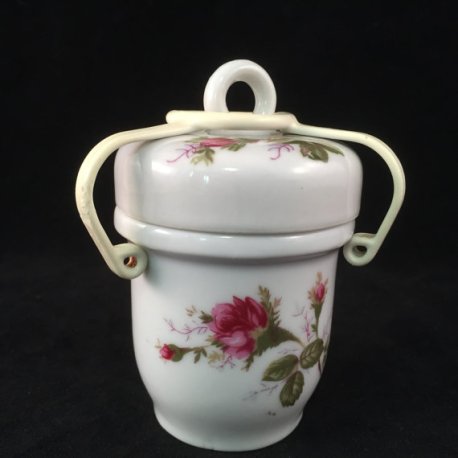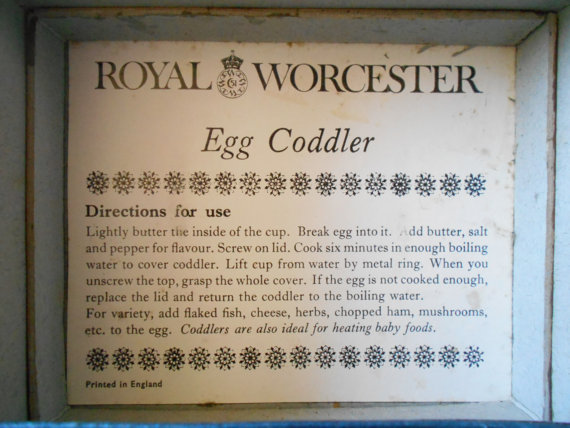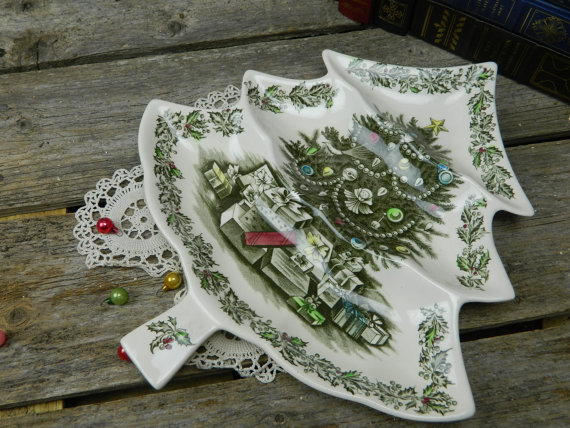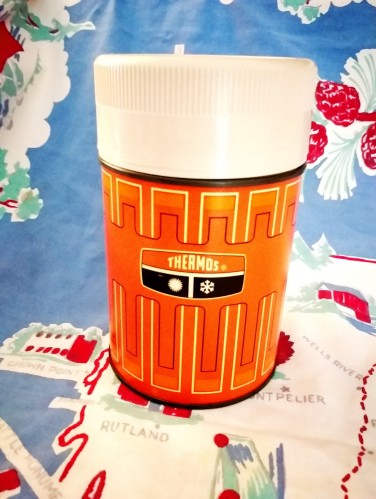I am always on the hunt for pieces to put in the Vintage Eve’s shop. It is rare that at least one day a week, usually Saturday, isn’t somewhat devoted to scouring thrift stores and estate sales for treasures. As you have probably noticed, I’m super drawn to mid-century modern. I love the lines and the mix of mediums used to create the look. One particular designer I’ve managed to collect a few pieces of is Georges Briard. I found another piece of his recently at the estate sale I referenced last week. I already have another one of his pieces for sale in the store. These are the two pieces.


You can tell they are his because, well, they are signed, but also just because they look like his style as you get to know it. I was surprised to find out that Georges Briard is not his real name. His real name is Jakub Brojdo. According to Collectors Weekly he was born the Ukraine and raised in Poland.

He came to the U.S. in 1937 to study at the Art Institute of Chicago. He did earn a Masters in Fine Art. He also changed his first name at that time to Jascha (Yascha) although I am not sure why. If anyone out there knows, please leave me a comment!

He served in the U.S. Army in WWII after which he moved to New York. Collectors Weekly says that he started painting metal serving trays and signing them Brojdo. So be on the lookout for those, they are quite a find! Because it wasn’t long after that his friend Max Wille hired him to create designs for him at the M. Wille Company. It was Max that thought up the name Georges Briard to mark his commercial pieces. His “last name came as an inspiration at a dog show, the first was added to give continental flair” (Antique Trader).

The reason for the name change is that it left his real name free for his real artwork. Georges Briard designs really caught on through the 1950s to the 1970s. He became an award-winning designer with his pieces selling in high-end department stores; Nieman Marcus, Bonwit Teller and others.

He worked with many different glass companies, too. According to Antique Trader, he worked with Libbey and Anchor Hocking, upgrading items that would usually sell at the five and dime to then be pieces sold in Bloomingdale’s and other upscale retailers.

Some items that you can find with his designs are enameled cookware, wooden cheeseboards with tile inserts, bisque pieces, dinnerware and lamps. His designs can also be found on melamine dinnerware by Stetson.

Brodjo received the Frank S. Child Lifetime Achievement Award given by The Society of Glass and Ceramic Decorators in 2004 to celebrate his contribution to the glass and ceramic industry. He died in New York in 2005 at the age of 88. He left a great legacy behind.

That is the story of how Jakub Brodjo came to America and left his indelible mark on it as Georges Briard. It’s amazing what one can accomplish in a lifetime. I know that I love his pieces and their stylish mid-century modern aesthetic. I hope you have enjoyed reading about him and let me know if you have ever loved or found one of his pieces. Have a great week!
I will be partying this week at all the link parties on the right — check them out; all wonderful blogs!


































